








Ingredients
PLAIN YOGHURT
- 1000 grams water
- 800 grams UHT Full Cream Milk (Lactose free or regular), (850 with freeze-dried starter)
- 50 grams Milk powder (full cream), (omit for LF yoghurt)
- 50 grams Yoghurt starter*, (or 3 match head sized granules of freeze-dried starter culture)
Accessories you need
-
 Spatula TM5/TM6
Spatula TM5/TM6
Share your activity
I'm cooking this todayRecipe's preparation
- Clean the Thermomix bowl. Pull apart and inspect blades and seal for debris. It's important to eliminate bacteria or yeasts lurking around, ready to spoil your yoghurt.
2) Add 1000 g water into bowl and heat 8 mins/Varoma/Speed 2. This will sanitise the bowl.
3) Tip boiling water into EasiYo flask till it JUST REACHES THE BASE of the red baffle. Fit EasiYo lid. Pour remainder of boiling water into the EasiYo clear plastic 1 L container. With utmost care to avoid risk of scalds, use the boiled water to sanitise the EasiYo inner container and lid.
DO NOT PUT LID ON AND SHAKE! Leave water in the container whilst you prepare the yoghurt mix.
4) Add all ingredients into TM bowl.
Heat 5 mins/37 C/ Speed 2 1/2.
5) Discard water from the EasiYo 1 L container.
Tip warm milk mixture into this container and screw on lid.
Insert into EasiYo incubator, replacing its lid promptly.
6) Carefully wrap the container with a towel to provide extra insulation.
Leave undisturbed for a minimum of 6 hours (up to 12 hours, however yoghurt will get more tart with longer incubation).
7) Open EasiYo container and refrigerate the 1 L bottle.
Beautiful thick pot-set yoghurt. My kind of yoghurt making!
CLICK ON RECIPE PHOTO FOR STEP PHOTOS AND IDEAS.
METHOD - uses EasiYo Flask and 1L container.
Tip
*Type C ABY yoghurt culture, available from Cheeselinks.
Enough for 250 L. Share the starter and costs with a friend!
//shop.cheeselinks.com.au/Cheese-and-Yoghurt-Starters-Mould-Spores-and-Aroma-Cultures-c9/
NOTE: This recipe was originally posted as Honey Yoghurt and Beyond - The Easi Way. I have changed the title and removed honey from the ingredients due to concern about safety aspects of honey being incubated (Clostridium botulinum spores have occasionally been found in testing of honey and incubation of the mixture could theoretically allow growth and toxin production.)
LACTOSE-FREE yoghurt, use UHT full cream milk and freeze-dried culture and strain through a nut milk bag, Chux or muslin cloth for a thicker consisency.
1) The key benefits of using this method are that it is easy, reliable and economical for both cost of production and your time. Thermomix owners can make yoghurt regularly now because this method is so quick and easy.
2) If using freeze-dried culture, use 850g milk. I prefer to use the freeze-dried culture because it is easy and reliable. Importantly, you can reliably add extra probiotics. Medium term it saves money from periodically buying yoghurt as starter, and eliminates the batch variation and cross-contamination risks when using your previous batch as starter.
3) This method can easily be modified to make vanilla yoghurt.
Vanilla yoghurt: use 30-70 g sugar and 1 tsp vanilla essence/extract/paste.
4) To make Greek-style yoghurt, use a nut milk bag or Chux and allow about 400 g of whey to drain.
5) I have found if you gently spoon the incubated yoghurt into the simmering basket, it will drain with minimal loss of yoghurt.
6) To make Labne (soft yoghurt cheese), make yoghurt without milk powder and use a nut milk bag or Chux and strain 12 hours or longer in the fridge (TM simmering basket works well). 500-600 g of whey will drop through. Save the whey for adding to smoothies. There is a wonderful recipe in Everyday cooking for Thermomix families: "Spiced Labne with Pumpkin and Rocket Salad".
7) When using commercial yoghurt as starter, a good tip is to freeze it in batches - small ziplock bags work well. You can use your previous batch as starter, but this is not always reliable. If using freeze-dried probiotic cultures, unfortunately the previous yoghurt batch will not reproduce the bacterial balance.
It is very useful having a spare 1 L plastic jar so you can make a second batch of yoghurt before the previous batch has been used up. I discovered a 1 L container (designed to be used for beetroot/olives etc) in the Sistema brand of plastic storage containers. It fits nicely (if tightly at the top) in the Easiyo incubator (no need for the Sistema insert!). So no need to buy a second Easiyo pack.
Thermomix Model
-
 Recipe is created for
Recipe is created forTM 31
This recipe was provided to you by a Thermomix ® customer and has not been tested by Vorwerk Thermomix ® or The Mix Australia Pty Ltd and The Mix New Zealand Ltd.
Vorwerk Thermomix ® and The Mix Australia Pty Ltd and The Mix New Zealand Ltd assume no liability, particularly in terms of ingredient quantities used and success of the recipes.
Please observe the safety instructions in the Thermomix ® instruction manual at all times.












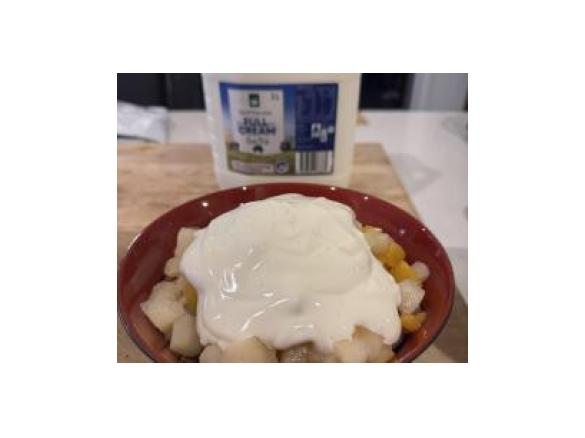
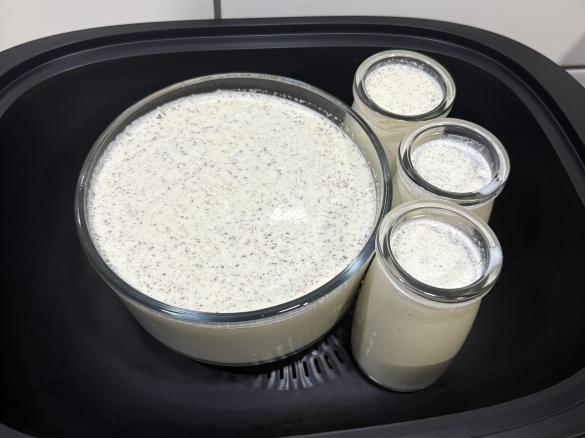
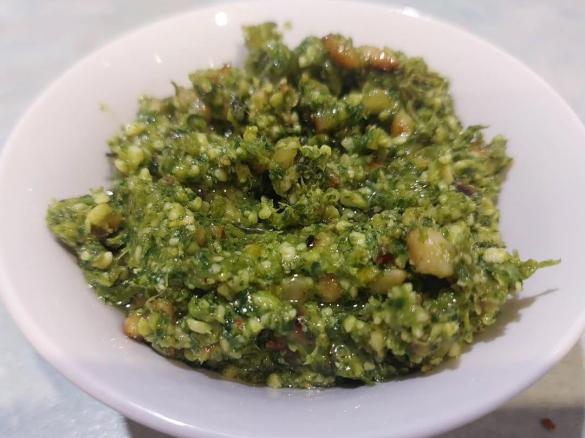
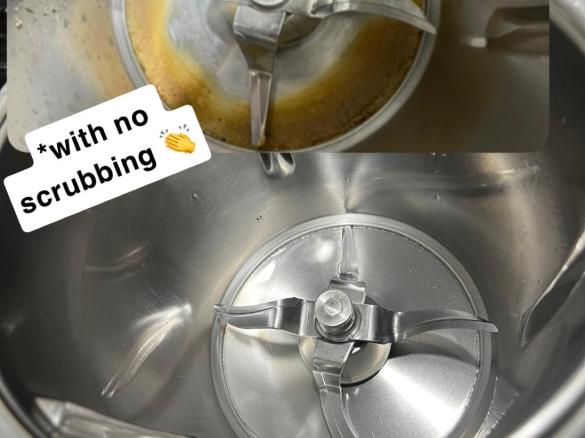




















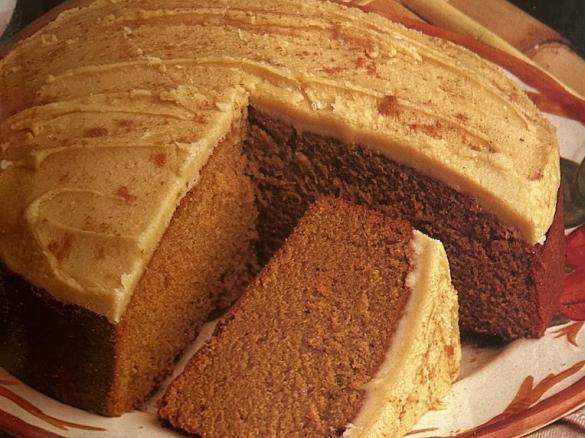
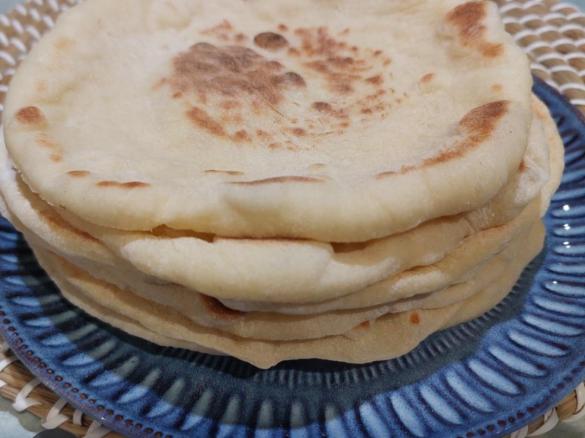
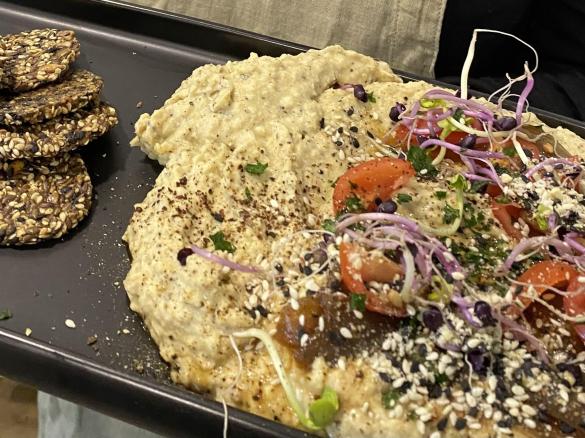


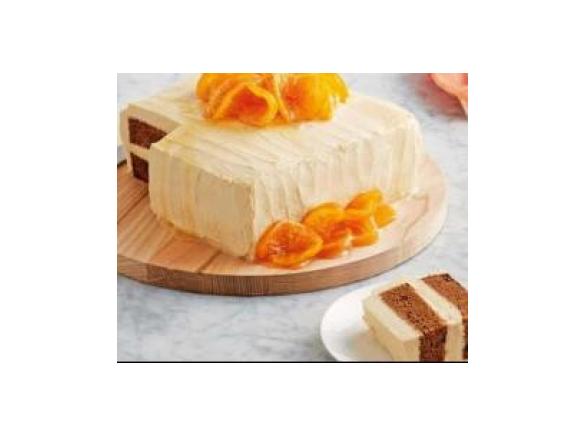
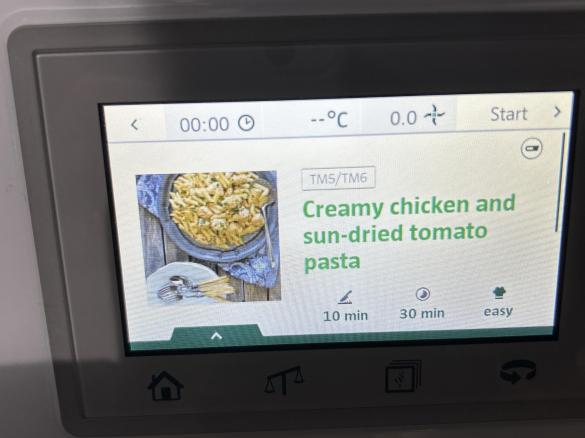
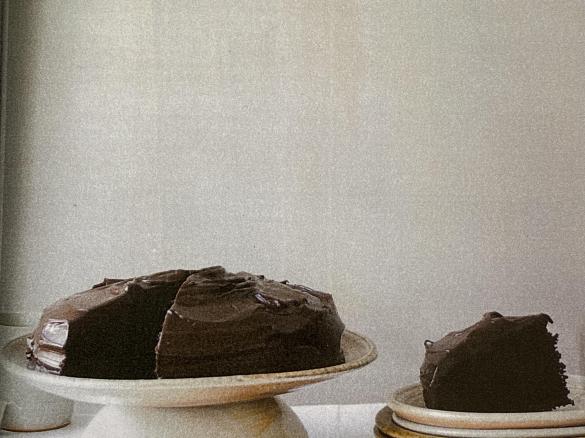
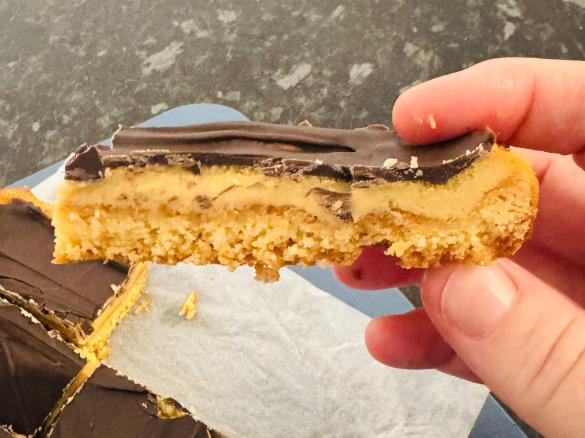
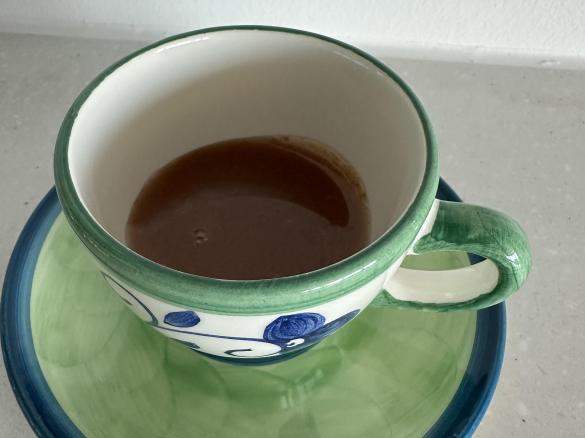
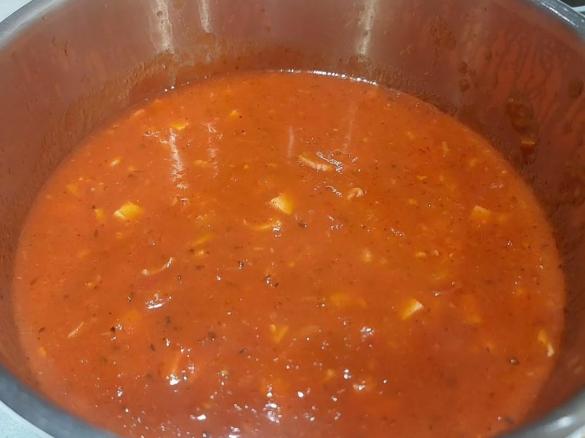
Comments
I use almost this exact method and quantities to make yoghurt in my easiyo container, but I don’t find any need to preheat the UHT milk! I just use it at room temperature. I fill the easiyo container to the fill line with boiling water (from my kettle), place the milk into the plastic jar along with the other ingredients (plus a few teaspoons of sugar), and then close the lid and shake. And I find I don’t need to wrap anything around the whole thing. Very fuss free, and great yoghurt at the end, I generally do it overnight.
Hi Lyndaloo. Thanks for the feedback. Try coffee flavour - its popular with everyone I give a sample to. here is the link
http://www.recipecommunity.com.au/desserts-sweets-recipes/coffee-yoghurt-tmeasiyo/344873
The method is the same except for extended 12 hour incubation and a little variation on ingredients. The extended incubation give the perfect amount of sour to complement the slight sweetness and slight bitterness of the coffee. Is is beautiful served with fresh fruit as a dessert, or a dollop on top of breakfast cereal.
Awesome! Such an easy way to make absolutely delicious home made yoghurt. made honey and plain. Looking forward to experimenting with other flavours.
Hi Courtney.
This recipe method is designed around using UHT milk and an EasiYo yoghurt making flask.
Many people have had a go at making yoghurt at home, only to give it away. The timing and steps involved in some methods doesn't fit easily into busy schedules. By using this method, the yoghurt mix starts out at 37 C but incubates between 37-44 C. I don't have a recommendation for an alternative. There are a number of yoghurt recipes on the recipe community with good feedback comments, so maybe check these out. I had reasonable success with Shortcut Vanilla Yoghurt recipe. It makes 2 Litres, but I got batches of "stringy" yoghurt (probably because the incubation temperature was too low.)
The EasiYo is rather like a plastic Thermos flask with an inner 1 Litre container. Click on the arrow on the R side of the photo to see what one looks like. They are often available in supermarkets, near the yoghurt sachets designed to be used in the EasiYo flask. I believe buying an EasiYo is money well spent and ties in perfectly with owning a Thermomix. You will quickly save a lot of money by regularly making your own yoghurt.
John
this looks good to make thick yoghurt, but I don't have whatever an 'EasyYo' is, what is is, where can I get one and what is the alternative in the interim? thanks!
More useful information!
1) Using UHT milk eliminates the need to heat milk to 90 degrees, then having to wait for it to cool before adding the starter. The heat treatment in manufacturing UHT milk has served the purpose of partly denaturing the milk proteins. The amount of protein denaturation in dried milk powders may vary, but my experience with full cream and skim milk powder has all been positive, without the need for 90 C heat treatment. If using pasteurised or raw milk, heat the milk to 90 C for 15 minutes, otherwise you won't get a smooth set yoghurt. Of course you need to wait for the 37 C light to go off, before adding the culture. This is a real drag, and why UHT milk works so well with time management
2) Using Easiyo containers has worked consistently well for me. Using 37 degree milk and a reduced volume of boiling water creates the ideal incubation temperature range of 37-44 C. I checked with a thermometer and at 30 and 60 minutes, the temperature of the 1 litre bottle was 43-44 C. What a great trick!? If you have experienced batches of "stringy" yoghurt, this is probably because the incubation temperature was too low. I've had this happen using a Thermoserver for incubation. The majority of Thermomix recipes stipulate incubation to 37 C, then keeping warm in a Thermoserver or other incubation method. I believe incubation to 45 C (easy using a TM5) would start the culture at the high incubation range, with the temperature then dropping over the next 6 hours. This might be a good way to produce 2 L of yoghurt in a batch using the Thermoserver. But more difficult to find room in your fridge, and your Thermoserver is unavailable for the duration!
3) Type C-ABY yoghurt starter culture, available from Cheeselinks contains: Streptococcus thermophilus; Lactobacillus delbruekii ssp bulgaricus; Lactobacillus acidophilus; Bifidobacterium. The acidophilus and Bifidobacterium are highly regarded probiotic organisms that maintain viability through the intestines. However they do not reliably reproduce using a previous batch of yoghurt as starter. On its own, thermophilus produces a mild flavoured, thick yoghurt. On its own, bulgaricus produces an acidic flavoured, weak bodied yoghurt. When both cultures are combined, they grow together symbiotically, and the resulting yoghurt is thicker than either one would be on its own. These two species are the key organisms present as a duo in the majority of commercial yoghurts, with or without additional species. If one of the bacterial species outpopulates the other, the characteristics of the resultant yoghurt will change. This is why using previous batches of yoghurt as starter can give random "failures". If you want yoghurt with good levels of probiotic acidophilus or bifidus you will need to use starter powder/granules each time you make the yoghurt
4) You can make yoghurt with whatever dairy milk you want. The results will vary somewhat depending on fat content and whether milk powder is used. Lactose is utilised by the yoghurt making bacteria, but there will be a residual amount present that will lessen with extended incubation producing yoghurt with more sourness. Lactose free milk has been treated with an enzyme which splits lactose (disaccharide) into glucose and galactose (monosaccharides), with the resultant milk a little sweeter to taste. Yoghurt bacteria are happy to ferment these sugars, so using lactose free UHT workswell. Since milk powder contains lactose, milk powder is best excluded to make yoghurt for extremely lactose sensitive individuals. For others, the combination of UHT lactose free milk and regular milk powder produces a low lactose yoghurt they can enjoy without causing discomfort.
5) Because heat treated milk proteins are the key to making thick yoghurt, using nut milks and coconut milk will not work using this method.
6) I suggest keeping a log book or log sheet of your yoghurt making exploits. This helps determine what works well or not so well. Key details are the milk and milk powder used; amount of sugar; what starter culture was used; Easiyo time in, time out, inc time; assessment (thickness, texture, sweetness, sourness, amount of whey leakage. Its quite quick to do and a useful exercise if you enjoy experimenting!
Do pay homage to the yoghurt Gods! If you have a failed batch of yoghurt, it can be used in two saving ways. Freeze in ice cube trays or flat in ziplock bags, then use in smoothies or Berry Frozen Yoghurt soft serve (recipe in TM Every Day Cookbook). Or make ricotta-style cheese by acidifying with vinegar or lemon juice. See recipe community: http://www.recipecommunity.com.au/basics-recipes/fresh-ricotta/83732 or check Ricotta Dumplings with Napoli Sauce (Everyday Cooking for